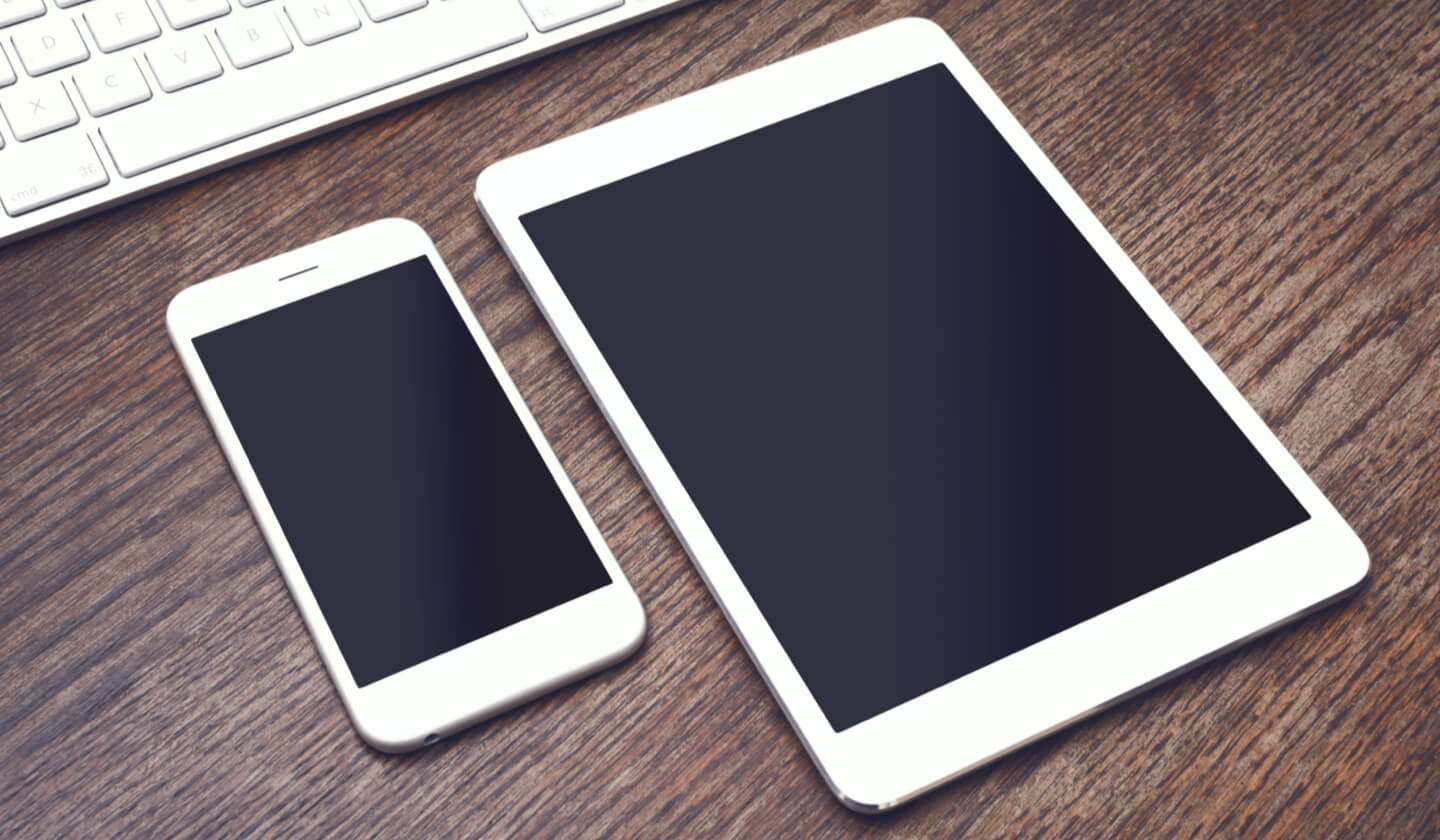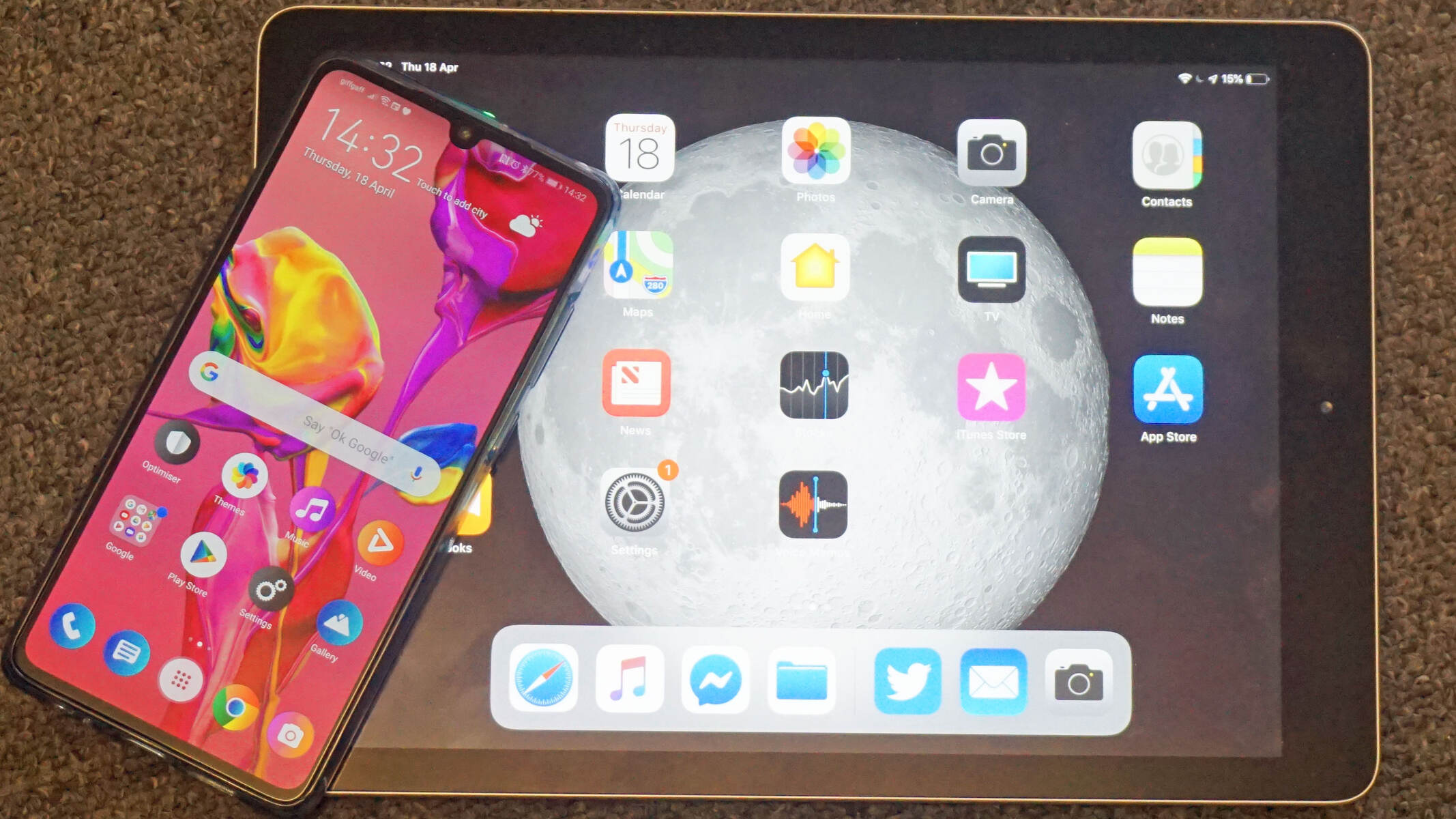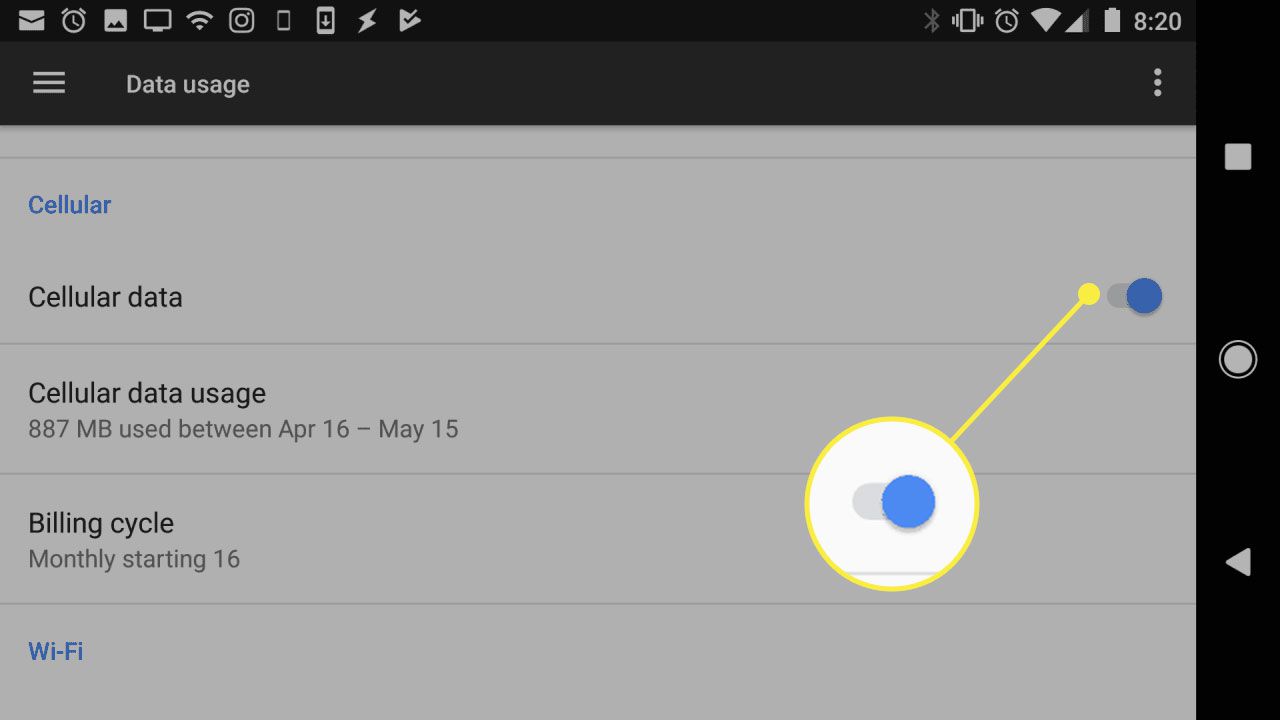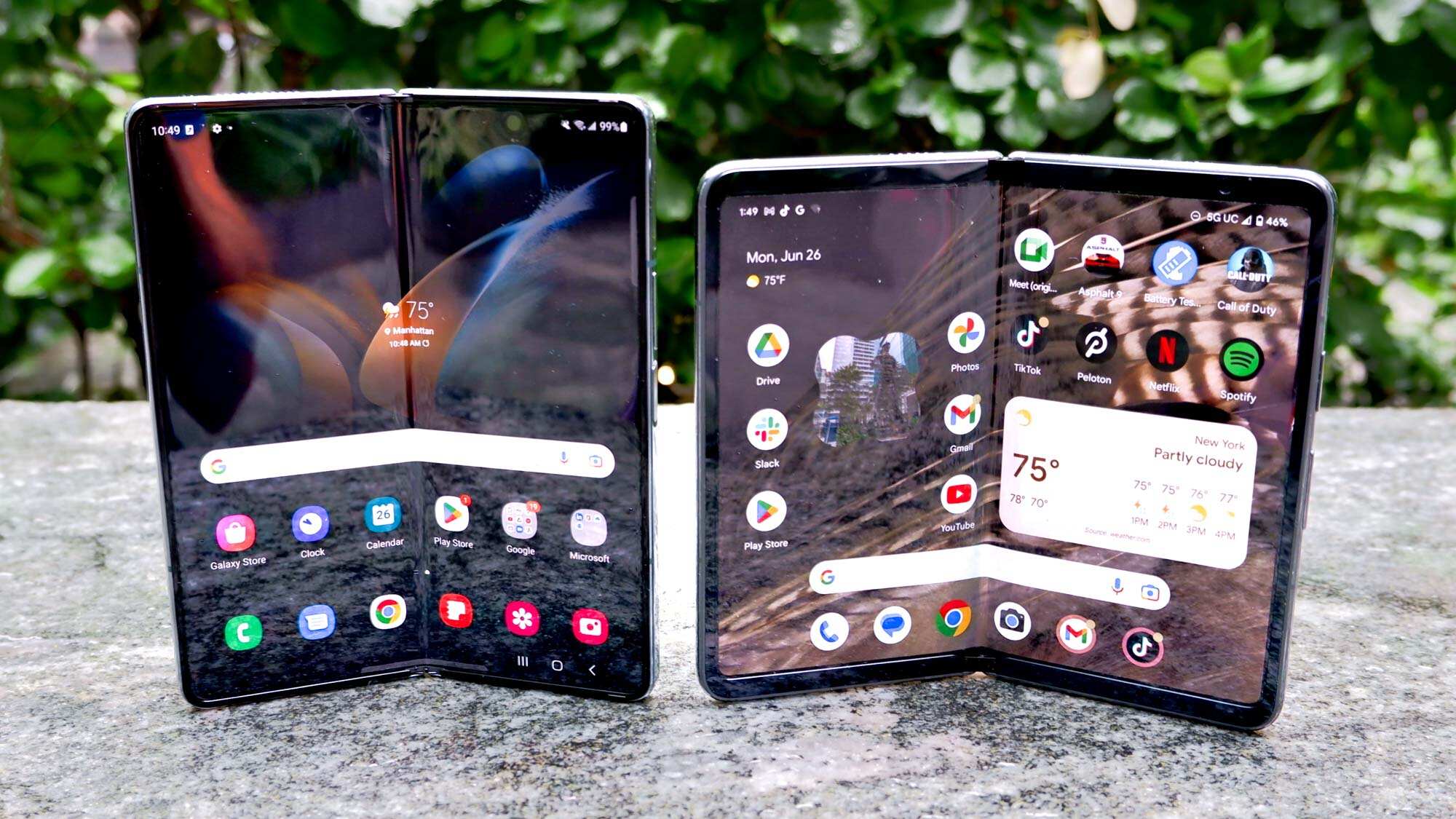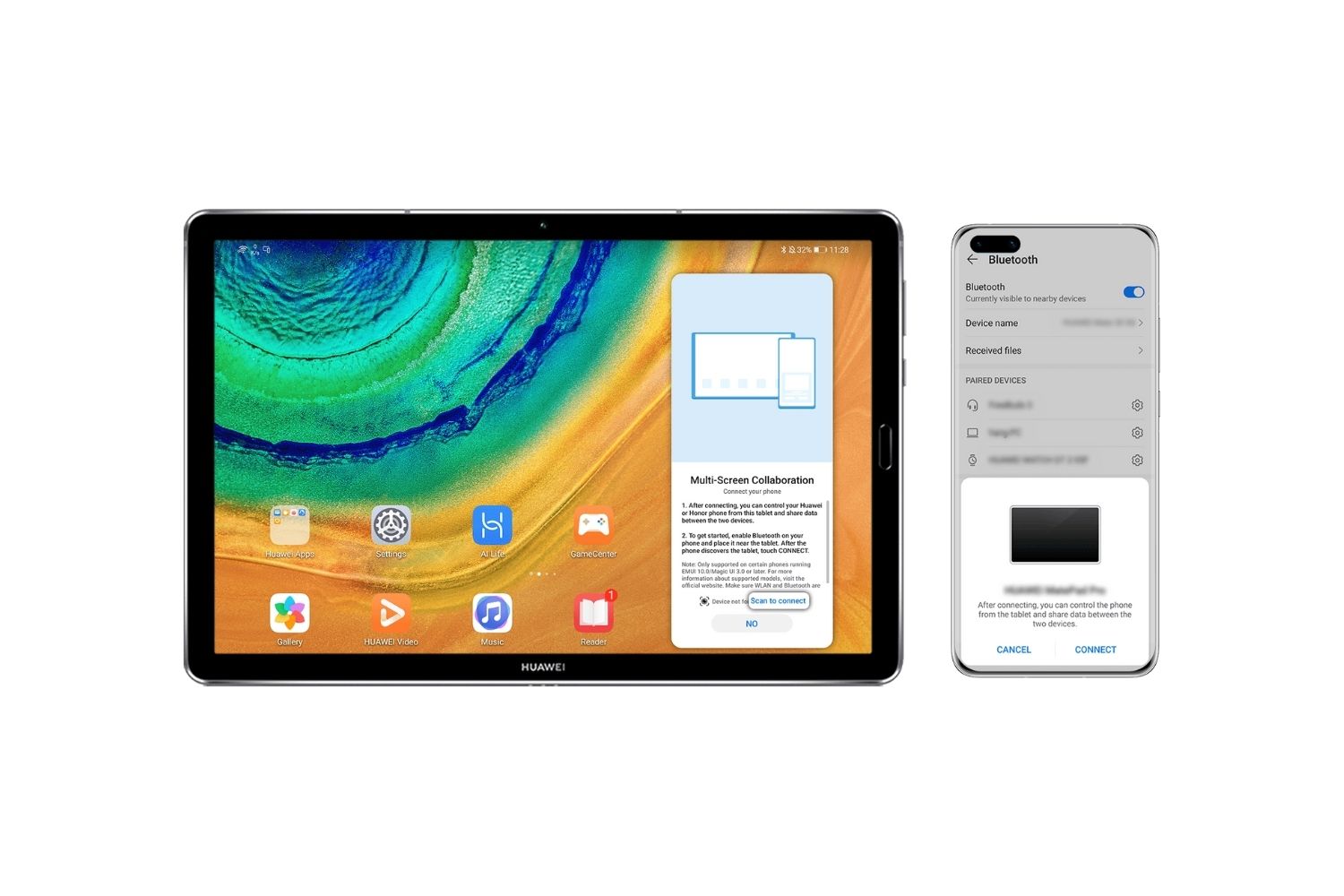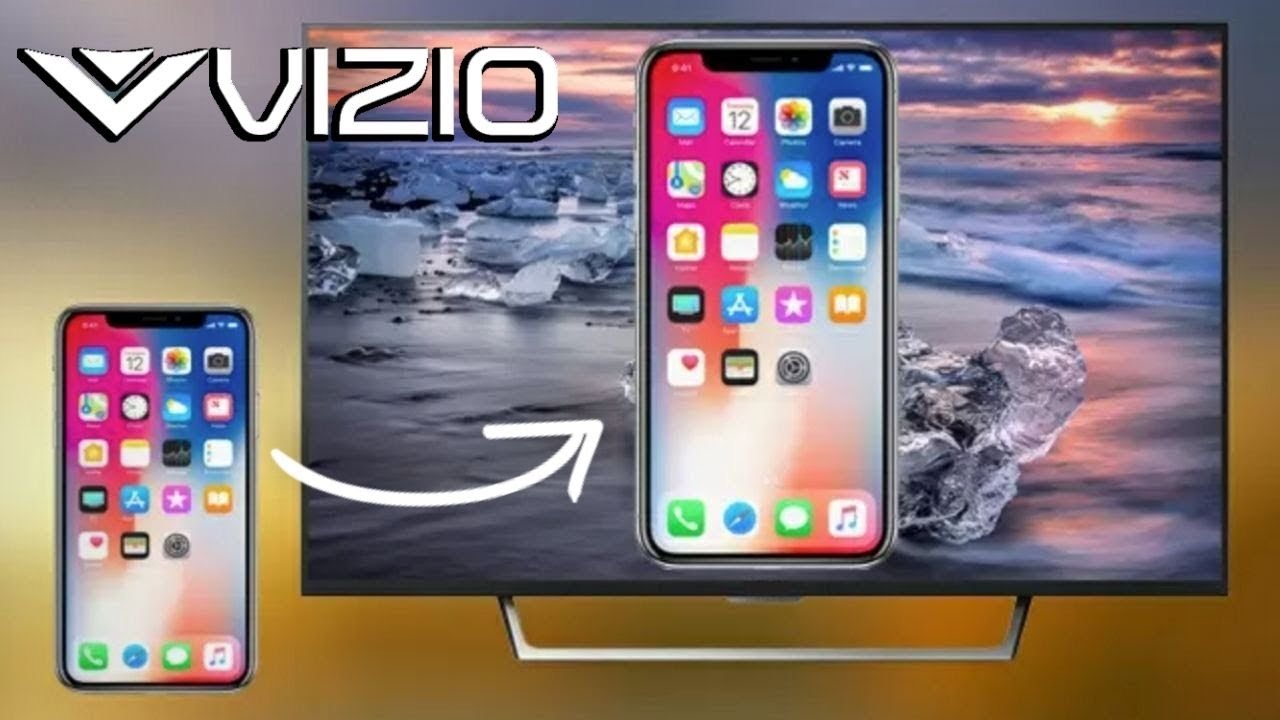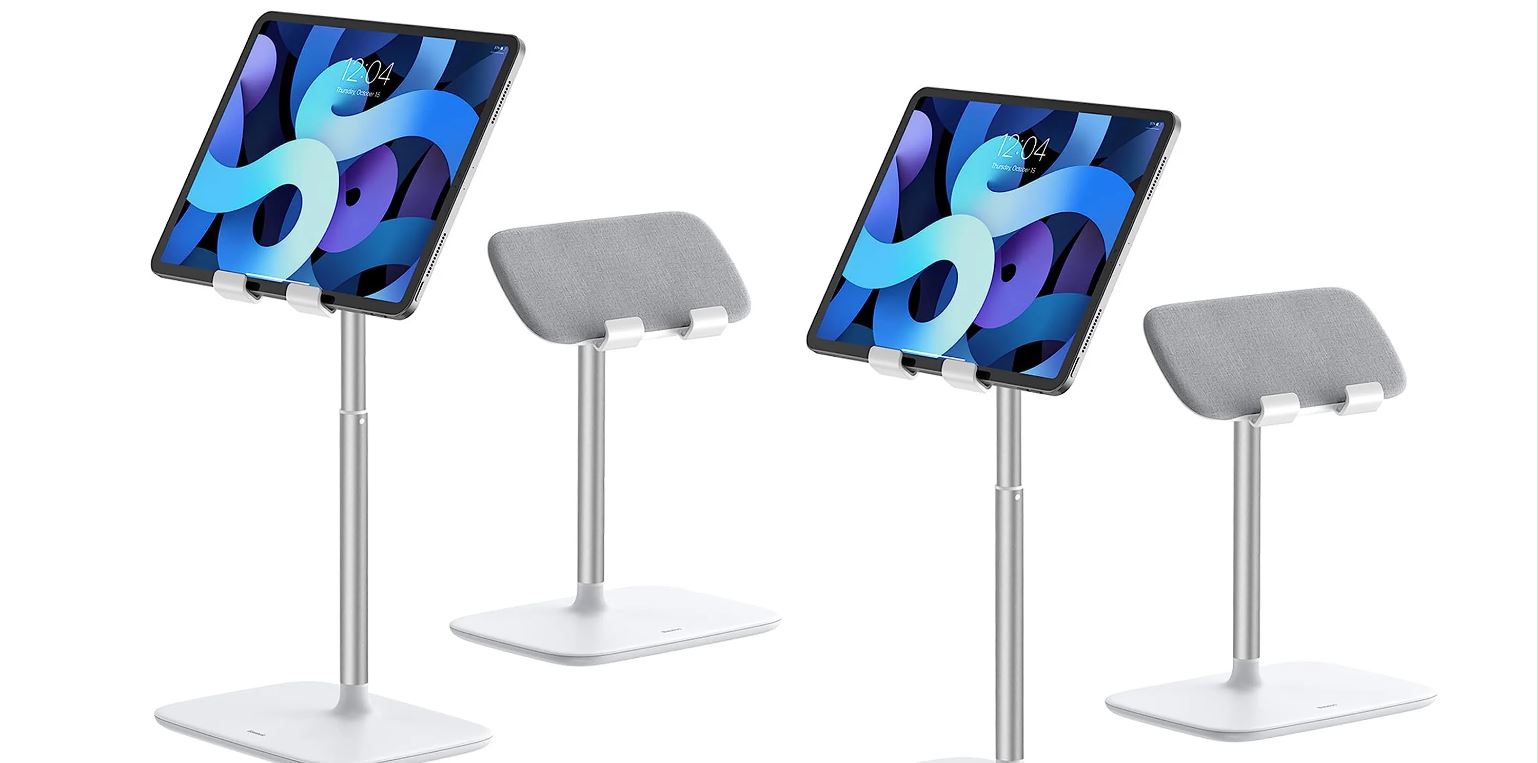Introduction
Smartphones and tablets are two popular types of mobile devices that have revolutionized the way we communicate, access information, and entertain ourselves. These devices have become an integral part of our daily lives, enabling us to stay connected and productive on the go. While both smartphones and tablets offer similar functionality, there are some significant differences between the two. Understanding these differences can help you make an informed decision when choosing between a smartphone and a tablet.
Smartphones, as the name suggests, are mobile phones with advanced features that go beyond basic call and text capabilities. They come equipped with powerful processors, ample memory, and high-resolution displays, providing a compact yet comprehensive computing experience. On the other hand, tablets are larger touchscreen devices that resemble small portable computers. They offer a more immersive user experience due to their larger screen size, making them ideal for multimedia consumption, gaming, and productivity tasks.
In this article, we will delve into the key differences between smartphones and tablets, including size, portability, display, operating system, functionality, and price. By the end, you will have a better understanding of which device best suits your needs and preferences.
Size
One of the primary differences between smartphones and tablets is their size. Smartphones are designed to be compact and portable, fitting comfortably in the palm of your hand or pocket. The average smartphone screen size ranges from 4 to 6.5 inches diagonally, offering a balance between usability and portability. This compact size makes smartphones convenient for one-handed use and easy to carry around, making them the go-to choice for people who prioritize mobility and convenience.
In contrast, tablets have larger screens that range from 7 to 13 inches or more diagonally. This increased screen real estate provides a more immersive experience for tasks like watching videos, browsing the web, or reading ebooks. While the larger size enhances visibility and allows for better multitasking, it also makes tablets less pocket-friendly and more cumbersome to carry around on a daily basis.
The choice between a smartphone and a tablet in terms of size ultimately depends on your individual preferences and usage patterns. If you value portability and the ability to use your device with one hand, a smartphone would be the ideal choice. On the other hand, if you prioritize a larger display for better multimedia consumption or productive tasks like editing documents or creating digital art, a tablet may be more suitable.
Portability
Another crucial factor to consider when comparing smartphones and tablets is their portability. Portability refers to the ease of carrying and using the device while on the move. As mentioned earlier, smartphones are specifically designed to be portable, with their compact size and lightweight construction. They can effortlessly fit in your pocket or small bag, allowing for easy access and convenient use wherever you go. The ability to make calls, send messages, and access important apps on the go makes smartphones an indispensable companion for individuals who are constantly on the move.
While tablets offer a larger screen and enhanced functionality, they may not be as portable as smartphones. Due to their larger size and heavier weight, carrying a tablet in your pocket or holding it with one hand for an extended period can be quite challenging. Tablets are better suited for situations where you have a bag or backpack to carry them, such as during travel, commuting, or working in a stationary position. They offer the advantage of a larger display and improved productivity but sacrifice some degree of portability in exchange.
Ultimately, the decision between a smartphone and a tablet in terms of portability depends on your lifestyle and daily activities. If you prioritize mobility and the ability to use your device effortlessly on the go, a smartphone is the more practical choice. However, if you don’t mind carrying a slightly larger device and value a larger screen for media consumption or productivity tasks, a tablet can provide a more immersive experience.
Display
The display is a key differentiating factor between smartphones and tablets. While both devices offer touchscreen functionality, the size and quality of the display significantly vary.
Smartphones typically have smaller screens, ranging from 4 to 6.5 inches diagonally. The smaller size allows for easy one-handed use and comfortable viewing of content on the go. Smartphones have gradually evolved to include advanced display technologies, such as OLED and AMOLED, which offer vibrant colors and deep blacks. Additionally, many smartphones feature high resolutions, such as Full HD or even Quad HD, resulting in sharp image quality and detailed visuals.
On the other hand, tablets are designed with larger displays, usually ranging from 7 to 13 inches diagonally. This larger size provides a more immersive viewing experience, particularly when engaging in multimedia activities such as watching videos, playing games, or reading e-books. Tablets often feature higher resolutions than smartphones, including QHD or even 4K, resulting in stunning visuals and enhanced detail.
Furthermore, tablets offer a greater screen real estate, allowing for multitasking and better productivity. The larger display makes it easier to work on documents, edit photos, or use split-screen features to run multiple apps side by side. This added visual space enhances the overall user experience, making tablets a popular choice for individuals who require a larger canvas for creative or professional tasks.
Ultimately, the choice between a smartphone and a tablet in terms of display depends on your preferences and specific use cases. If you prioritize compactness and one-handed usability, a smartphone’s smaller display may be sufficient. However, if you value a larger, more immersive screen for media consumption or productivity tasks, a tablet’s larger display will better suit your needs.
Operating System
The operating system (OS) is a critical aspect to consider when comparing smartphones and tablets. It determines the user interface, functionality, and compatibility with various apps and services. The two most prevalent operating systems in the mobile device market are Android and iOS.
Android is an open-source operating system developed by Google and is used by a wide range of smartphone and tablet manufacturers. One of the key advantages of Android is its customization and flexibility. Users can personalize their devices with widgets, themes, and various launchers to suit their preferences. Android also offers a vast app ecosystem through the Google Play Store, providing access to millions of apps for productivity, entertainment, and more.
On the other hand, iOS is the operating system developed by Apple exclusively for its iPhone and iPad devices. Known for its sleek and user-friendly interface, iOS offers a seamless and intuitive user experience across all Apple devices. It provides a tightly controlled ecosystem, ensuring compatibility and optimal performance for apps and services available on the App Store.
When it comes to updates and security, both Android and iOS have their pros and cons. Android has a more fragmented ecosystem, with different device manufacturers releasing updates at different times. This may result in delayed updates or older devices not receiving the latest OS versions. Conversely, Apple controls both the hardware and software, allowing for more consistent updates and enhanced security measures.
The choice between Android and iOS ultimately depends on your personal preference, familiarity with the ecosystem, and the specific apps or features you require. Android offers a more customizable and diverse experience, while iOS provides a seamless integration with other Apple devices and a curated app ecosystem.
Additionally, it is worth mentioning that some tablets may also offer Windows or Chrome OS as alternative operating systems, particularly in the case of 2-in-1 devices that can function as both a tablet and a laptop.
Functionality
Functionality is a crucial aspect to consider when comparing smartphones and tablets. Both devices offer a wide range of features and capabilities, but the extent of their functionality may differ.
Smartphones, being compact and portable, are designed to be versatile communication devices. They excel in tasks such as making phone calls, sending text messages, and staying connected through various messaging apps. Smartphones also offer a range of additional features such as mobile internet browsing, email access, GPS navigation, and a plethora of apps that cater to various needs and interests.
On the other hand, tablets offer a more immersive and expansive user experience. Their larger screen size allows for better media consumption, gaming, and productivity tasks. Tablets are well-suited for activities like watching videos, reading e-books, browsing the web, and engaging in social media. Additionally, tablets often come with enhanced multimedia capabilities, such as superior speakers and better graphics performance, making them ideal for enjoying content on a larger scale.
When it comes to productivity, tablets have certain advantages over smartphones. The larger screen real estate, combined with the ability to use a physical keyboard or stylus, makes tablets more suitable for tasks like document editing, creating artwork, or taking notes. Many tablets also support multi-window functionality, enabling users to run multiple apps simultaneously and boost productivity.
It’s worth noting that smartphones and tablets have overlapping functionality, with both devices offering access to various apps and services. The choice of which device to use ultimately depends on the specific tasks you prioritize and your personal preferences regarding screen size and mobility.
Additionally, it’s important to be aware that advancements in technology have led to the emergence of hybrid devices, such as 2-in-1 laptops or convertible tablets. These devices offer the functionality of a tablet combined with the productivity features of a laptop, providing users with the best of both worlds for work and play.
Price
Price is a significant factor to consider when deciding between a smartphone and a tablet. Both devices come in a range of price points, making it essential to evaluate your budget and the value you seek from your investment.
Smartphones, being smaller and more compact, tend to have a wider price range. There are budget-friendly options available, particularly from manufacturers that cater to price-conscious consumers. These devices offer decent performance and essential features at an affordable price. On the other end of the spectrum, high-end flagship smartphones can be quite costly, offering cutting-edge technology, premium build quality, and advanced camera systems.
Tablets, especially larger and more powerful models, typically come with a higher price tag compared to smartphones. However, there are also more affordable options available, particularly for those who prioritize basic functionality and media consumption. These budget-friendly tablets still provide a satisfactory experience for tasks like browsing the web, watching videos, and reading e-books. High-end tablets, on the other hand, offer top-of-the-line features, such as high-resolution displays, powerful processors, and advanced stylus support, but come at a higher cost.
It’s important to note that the price also varies depending on the brand, operating system, storage capacity, and additional features offered by the device. Assessing your needs and determining the level of performance, functionality, and longevity you require will help you make the most cost-effective choice.
Additionally, it’s always a good idea to consider the long-term costs associated with a device. This includes factors such as the availability and cost of accessories, software updates, and potential repair or replacement costs. Choosing a device from a reputable manufacturer and assessing its track record for software support can help ensure a good return on your investment.
In summary, the price range for both smartphones and tablets is wide, offering options for every budget. It’s essential to evaluate your needs, desired features, and budget constraints to make a well-informed decision that provides the best value for your investment.
Conclusion
Smartphones and tablets are both powerful and versatile mobile devices that have transformed the way we communicate, access information, and entertain ourselves. While they share some similarities in functionality, there are important differences to consider when choosing between the two.
The size of the device plays a significant role in determining its suitability for specific tasks. Smartphones are compact and portable, making them ideal for on-the-go use and one-handed operation. Tablets, on the other hand, offer a more immersive experience with their larger screens, making them great for multimedia consumption and productivity tasks that require a larger canvas.
Portability is another important factor to consider. Smartphones are pocket-friendly and easily carried, while tablets may require a bag or backpack due to their larger size and weight. However, tablets offer a more immersive viewing experience for tasks such as watching videos or reading e-books.
The display size and quality also differ between smartphones and tablets. Smartphones offer smaller, yet high-resolution screens, suitable for everyday use and multimedia consumption. Tablets, with their larger displays, provide a more immersive and visually appealing experience, particularly for gaming, media consumption, and productivity tasks.
The choice of operating system is an important consideration. Android provides a more customizable and diverse experience, while iOS offers a user-friendly interface and seamless integration with other Apple devices. Additionally, tablets may offer alternative operating systems such as Windows or Chrome OS, providing additional flexibility in terms of software compatibility.
Functionality varies between smartphones and tablets, with smartphones excelling in communication features and day-to-day tasks, while tablets offer a more immersive experience for media consumption and productivity tasks.
Price is a crucial factor to consider, with smartphones ranging from budget-friendly options to high-end flagship devices, and tablets offering a range of options across different price points. Evaluating your budget and needs will help determine the most cost-effective choice.
In the end, the decision between a smartphone and a tablet depends on individual preferences and specific use cases. Consider factors such as size, portability, display, operating system, functionality, and price to make an informed choice that best suits your needs and lifestyle.







